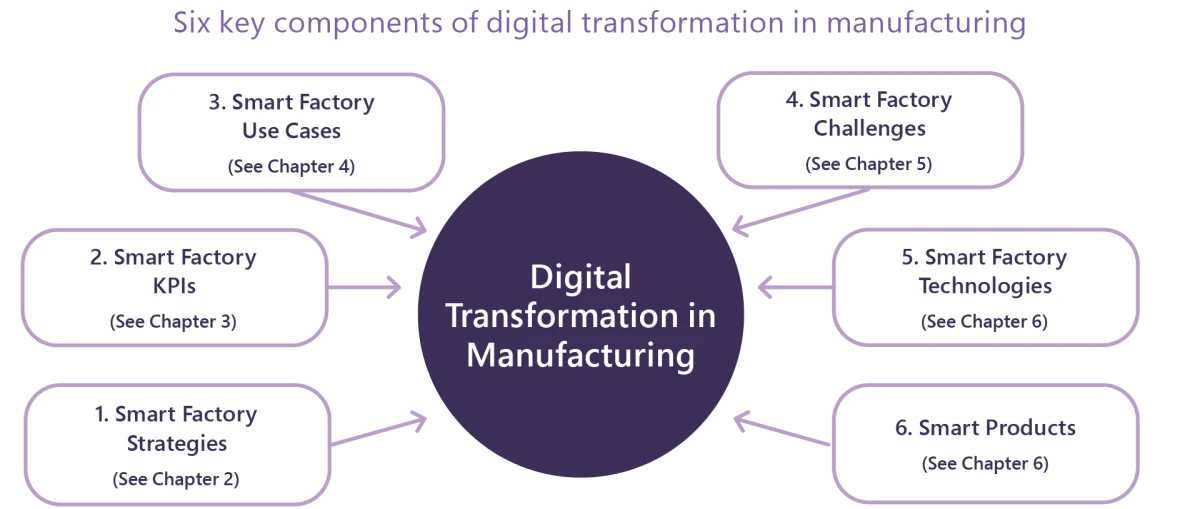Understanding the Key Differences: How Are Direct Subsidized and Direct Unsubsidized Loans Different?
Guide or Summary:Introduction to Federal Student LoansWhat Are Direct Subsidized Loans?What Are Direct Unsubsidized Loans?Key Differences Between Direct Sub……
Guide or Summary:
- Introduction to Federal Student Loans
- What Are Direct Subsidized Loans?
- What Are Direct Unsubsidized Loans?
- Key Differences Between Direct Subsidized and Direct Unsubsidized Loans
- Repayment Considerations
**Translation of the Title:** 如何直接补贴贷款和直接非补贴贷款不同
---
Introduction to Federal Student Loans
When it comes to financing higher education, federal student loans play a crucial role. Many students rely on these loans to cover tuition and other educational expenses. Among the various types of federal student loans, direct subsidized and direct unsubsidized loans are two of the most common options. Understanding how these loans differ is essential for making informed financial decisions.

What Are Direct Subsidized Loans?
Direct subsidized loans are federal student loans available to undergraduate students who demonstrate financial need. The key feature of these loans is that the government pays the interest while the borrower is in school at least half-time, during the grace period, and during deferment periods. This means that the total amount borrowed does not increase due to interest accumulation during these times.
What Are Direct Unsubsidized Loans?
In contrast, direct unsubsidized loans are available to both undergraduate and graduate students, regardless of financial need. Unlike subsidized loans, the borrower is responsible for paying the interest on the loan from the time it is disbursed, even while they are still in school. If the borrower chooses not to pay the interest while in school, it will be capitalized, meaning that the interest will be added to the principal balance, increasing the total amount owed.
Key Differences Between Direct Subsidized and Direct Unsubsidized Loans
The primary differences between these two types of loans can be summarized as follows:
1. **Financial Need**: Direct subsidized loans are awarded based on financial need, while direct unsubsidized loans are available to all students regardless of their financial situation.

2. **Interest Payments**: The government pays the interest on subsidized loans while the student is in school, during the grace period, and during deferment. In contrast, borrowers of unsubsidized loans are responsible for all interest payments, which can lead to a higher total repayment amount.
3. **Loan Limits**: The amount that students can borrow through subsidized loans is generally lower compared to unsubsidized loans. The limits also vary based on the student's year in school and dependency status.
4. **Eligibility**: Subsidized loans are only available to undergraduate students, while unsubsidized loans can be taken by both undergraduate and graduate students.
Repayment Considerations
When it comes to repayment, the differences in interest accumulation can have a significant impact on the total amount paid over the life of the loan. For subsidized loans, borrowers have a better chance of paying back less due to the government covering interest during key periods. On the other hand, unsubsidized loans can lead to a larger debt burden because interest accrues from the moment the loan is disbursed.

In summary, understanding how direct subsidized and direct unsubsidized loans differ is essential for students seeking financial aid for their education. While subsidized loans provide the benefit of interest coverage for eligible students, unsubsidized loans offer broader accessibility but come with the responsibility of interest payments. By carefully considering these differences, students can make more informed decisions about their financial futures and choose the loan options that best suit their needs.